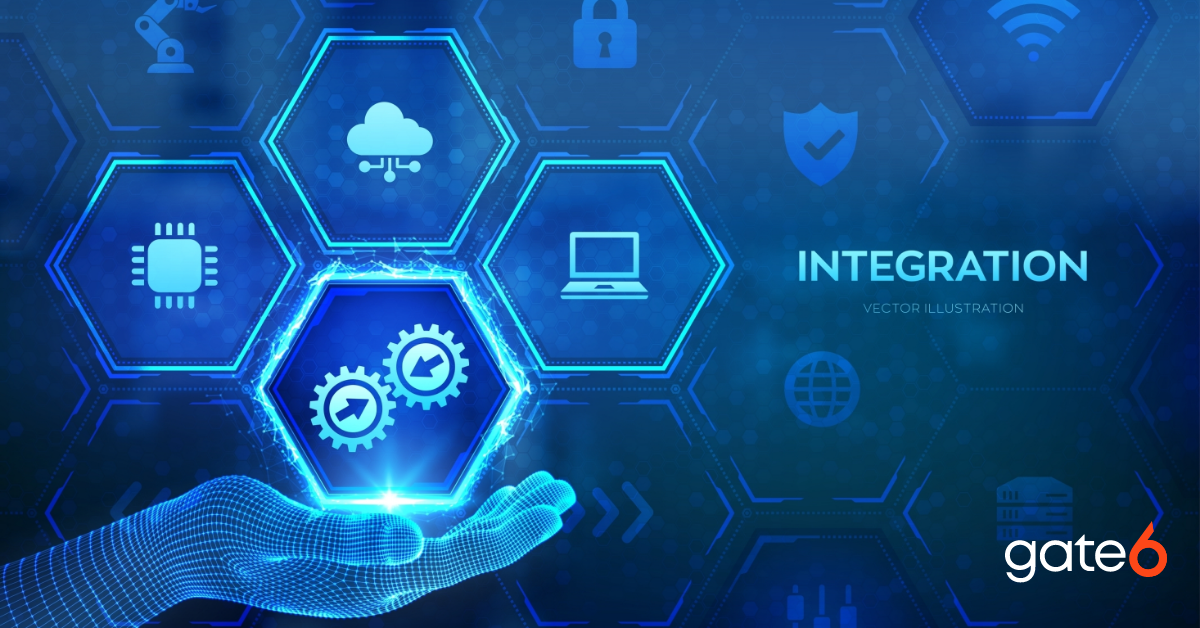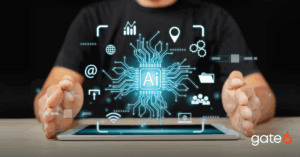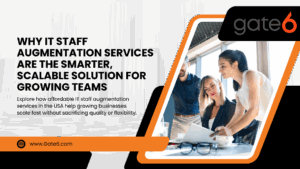Emerging Trends in System Integration: Part 2

In part 1 of this series we discussed the impact that Low-Code/No-Code Integration Platforms, Internet of Things (IoT), Edge Computing and Blockchain Integrations are reshaping the system integration landscape. In Part 2, we continue this discussion with how key trends like API-led connectivity, cloud-native integration, and AI-driven solutions are reshaping the future of integration. These technologies help businesses move faster with greater flexibility, and enhanced decision-making. Let’s get to it!
API-Led Connectivity
API-led connectivity is becoming the backbone of modern system integration solutions, enabling smoother communication between various applications and platforms. APIs (Application Programming Interfaces) facilitate seamless data exchange between systems, enhancing security while speeding up development. This approach allows businesses to create scalable, flexible integration solutions that are easier to manage and adapt as new systems or technologies emerge. API-led connectivity ensures faster, more reliable connections, making it integral to future integration strategies.
Cloud-Native Integration
The shift to cloud-native integration has transformed how businesses scale and manage their infrastructure. By adopting cloud-native integration, organizations can leverage the flexibility and scalability of the cloud, eliminating the limitations of traditional on-premises infrastructure. Cloud-native integration enables quick scaling of operations based on demand, allowing businesses to enjoy cost efficiencies and integrate with a wide range of cloud-based services. As cloud-first strategies become more prevalent, cloud-native integration will remain a vital component of modern system integration solutions.
AI-Driven Integration
Artificial intelligence (AI) is unlocking new levels of efficiency in system integration solutions. By automating complex tasks, optimizing workflows, and enabling predictive maintenance, AI is helping businesses make smarter, data-driven decisions that improve productivity and operations. AI-driven integration allows for seamless data processing, intelligent decision-making, and proactive problem-solving. As AI technology continues to evolve, its role in integration will grow, enabling faster, more reliable, and efficient integrations that revolutionize business processes.
Wrapping Up
The future of system integration is powered by these emerging technologies and many others (should there be a Part 3?). These trends are enhancing the way businesses connect, secure data, and improve operations. To remain competitive, businesses must embrace these innovations and invest in modern integration strategies. Are you ready to embrace the future of integration? Contact Gate6 today to explore how our system integration solutions can transform your operations and drive innovation.
Relevant Posts
December 5, 2024
Thrive with E-Commerce in a Competitive Market
October 25, 2024
Maximizing ROI with IT Services and Consulting
October 3, 2024
Emerging Trends in System Integration: Part 1
September 18, 2024






